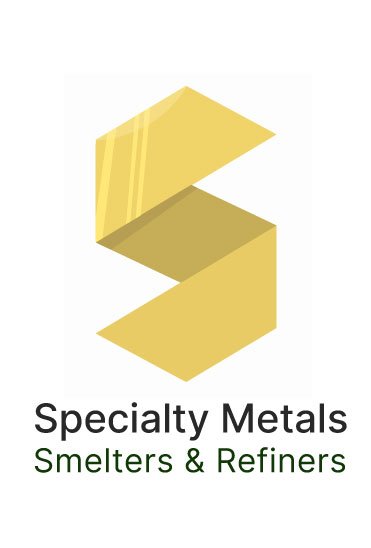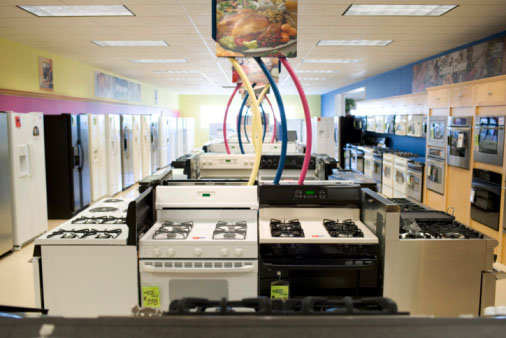Why Recycling Large Quantities of Small Appliances Offers You a Big Payback
How valuable are the precious metals in a single toaster? How about in a coffee maker or a toaster oven? In reality, you won’t find more than a few cents’ worth of precious metals in household appliances like those.
But suppose you have just bought an appliance distributor that has thousands of small and large household appliances on hand that are too out-of-date to sell? Suppose you have just bought an old apartment building that has several hundred old ovens, built-in microwaves and through-the-wall air conditioners that you intend to replace?
When the quantities of small appliances increase, things can get more interesting – and more profitable. Here are some interesting variables that can have a big impact on the potential value of quantities of smaller appliances . . .
The Presence of Circuit Boards
A 10-year-old coffee maker might not contain any circuit boards that contain gold. You simply put in coffee and water and the machine did its thing after you turned it on. But more recently, lots of new features have been added to coffee machines. You can program them to brew your morning coffee at the same time every day, set different levels of strength, and do other tricks that all rely on the presence of circuit boards. And nearly all circuit boards contain small amounts of gold that can be recycled profitably by a qualified gold refinery like us.
We are using coffee makers as an example of a trend that applies to other small appliances too. Over the last decade, gold-bearing circuit boards have found their way into a growing number of appliances that include air conditioners, microwaves, refrigerators, and even kitchen stoves. The more features and “bells and whistles” that are present, the more likely it is that they contain small quantities of gold. How much gold do those smaller, more modern appliances contain? Usually not much. But as we mentioned at the start of today’s post, the gold contained in a large quantity of older units can add up and be worth recycling. Call us at 800-426-2344 to learn more.
The Presence of Thermocouples
If appliances are used to heat things up (stoves, coffee makers) or cool things down (refrigerators, air conditioners), they contain thermocouples of some kind. Thermocouples can contain platinum, palladium, molybdenum, nickel, rhenium, rhodium, tungsten and even small quantities of gold.
What are thermocouples? Just to review, they are wire-like devices that are made up of several metals. When temperatures change at one end of them, that change can be measured at the other end.
Bear in mind that thermocouples are found in both gas and electric stoves – and in air conditioners, refrigerators, and smaller appliances like toaster ovens and coffee makers too. If you have a quantity of older appliances, call us and we can tell you how to remove thermocouple wire and forward it to us for recycling.
Remember that although thermocouple wire looks like simple metal wire, it isn’t. If processed by a qualified precious metal recycler, it can be worth a lot of money.
Want to Learn More?
We are here to answer your questions and help you make the most money possible from recycling your precious metals in the coming year. Want to get started? Call us at 800-426-2344 today.
Related Posts:
Interested in Thermocouples and Thermocouple Wire
A Brief History of Circuit Boards and the Gold They Contain
Buying or Selling a Business? Recycle Precious Metals before They Slip Away
Do You Have Undiscovered Precious Metals in Your Organization

